- Timing Considerations for Peppers and Aubergines
- 1. Germination Time
- 2. Frost Dates
- 3. Optimal Growing Conditions
- 4. Transplanting Considerations
- 5. Regional Variations
- Factors Affecting Ideal Sowing Time
- Early Sowing in Northern Regions
- 1. Choosing Early Maturing Varieties
- 2. Starting Indoors
- 3. Harden Off Seedlings
- 4. Protecting Seedlings from Frost
- 5. Providing Heat and Light
- 6. Timing Transplantation
- Late Sowing in Southern Regions
- Advantages of Late Sowing
- Factors to Consider
- Optimal Sowing Window in Coastal Areas
- Challenges of Sowing in Mountainous Regions
- 1. Temperature Fluctuations
- 2. Short Growing Season
- 3. Soil Conditions
- 4. Pest and Disease Pressure
- 5. Water Availability
- 6. Elevation Impact
- Sowing Strategies for Tropical Climates
- 1. Timing
- 2. Seed Selection
- 3. Soil Preparation
- 4. Watering and Fertilizing
- 5. Pest and Disease Management
- 6. Harvesting
- Adjusting Sowing Dates for Fluctuating Seasons
- Understanding Regional Variations
- Monitoring Fluctuating Seasons
- Developing a Planting Schedule
- Conclusion
- “Question-Answer”
- When is the best time to sow peppers and aubergines in the northeastern United States?
- Is it possible to sow peppers and aubergines earlier in the southern United States?
- What is the best time to sow peppers and aubergines in the United Kingdom?
- Can peppers and aubergines be sown directly in the garden in the Mediterranean region?
- What are the regional variations in the best sowing dates for peppers and aubergines?
- “Video” 5 Pepper Growing Mistakes to Avoid
When it comes to sowing peppers and aubergines, timing is everything. These warm-weather crops require a long growing season, so getting the timing right is crucial for a successful harvest. However, the best time to sow these crops can vary depending on your region and the specific climate conditions.
In general, peppers and aubergines are best sown indoors, 8-10 weeks before the last frost date. This gives them enough time to germinate and grow strong before transplanting them outside. However, the last frost date can vary widely depending on where you live, so it’s important to know your specific region’s average last frost date.
In colder regions, where spring arrives later and frost dates can extend into May or even June, it’s recommended to start sowing peppers and aubergines indoors in early to mid-March. This allows them to have a long enough growing season to produce a bountiful harvest before the first frost in the fall.
On the other hand, in warmer regions with earlier last frost dates, such as the southern parts of the United States, sowing peppers and aubergines indoors in early to mid-February may be more appropriate. This allows them to be transplanted outside earlier and take advantage of the longer growing season.
It’s worth noting that even within regions, there can be variations in microclimates, elevation, and other factors that can affect the recommended sowing dates. It’s always a good idea to consult with local gardening experts, extension offices, or experienced gardeners in your area to get the most accurate and up-to-date information for your specific location.
Tip: If you want to extend your growing season, consider using season extenders like row covers, cloches, or greenhouses to protect your peppers and aubergines from late frosts or cold spells. These can help you get a head start on the growing season or extend it into the fall for an even longer harvest.
In conclusion, the best time to sow peppers and aubergines can vary depending on your region’s climate and average last frost date. It’s important to start sowing these crops indoors 8-10 weeks before the last frost date to give them enough time to grow and be ready for transplanting. Consulting local gardening experts or experienced gardeners in your area can provide valuable insights into the best sowing dates for your specific location. Additionally, using season extenders can help you take advantage of a longer growing season and protect your plants from late frosts or cold spells.
Timing Considerations for Peppers and Aubergines
When it comes to sowing peppers and aubergines, timing is crucial for the success of your crop. Different regions and climates require different planting schedules, but there are some general considerations that can help you determine the best time to sow these vegetables.
1. Germination Time
Peppers and aubergines are warm-season crops that prefer soil temperatures between 70°F (21°C) and 85°F (29°C) for germination. It is important to sow the seeds when the soil has warmed up sufficiently to promote quick and uniform germination. In most regions, this means starting the seeds indoors 8 to 10 weeks before the last expected frost date.
2. Frost Dates
Frost dates play a crucial role in determining the optimal time to sow peppers and aubergines. These plants are sensitive to cold temperatures and can be damaged or even killed by frost. It is important to know the average date of the last spring frost and the first autumn frost in your region to plan your planting schedule accordingly.
For regions with a short growing season, it is recommended to start the seeds indoors and transplant the seedlings once all danger of frost has passed. In areas with longer growing seasons, direct sowing in the garden may be possible.
3. Optimal Growing Conditions
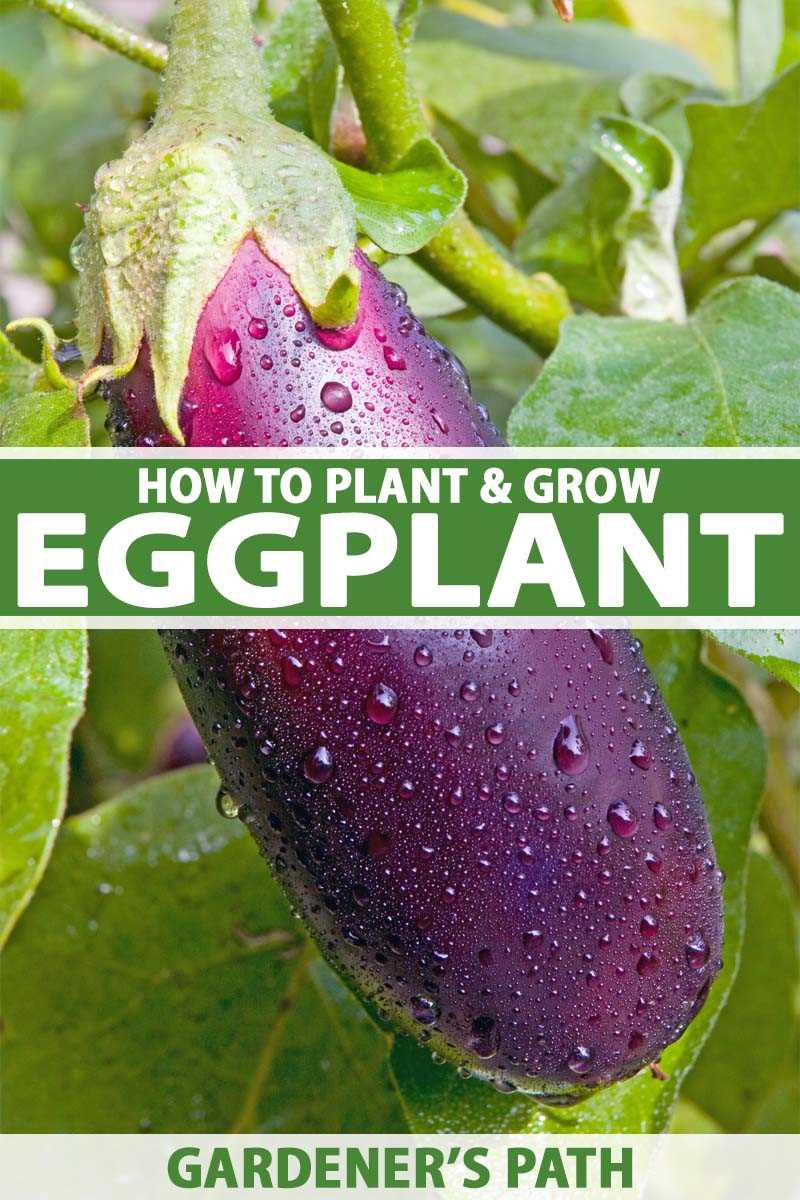
Peppers and aubergines thrive in warm and sunny conditions. They require a minimum of 6 hours of direct sunlight per day to grow and produce a bountiful harvest. Therefore, it is important to consider the local climate and choose a planting time that ensures the plants will receive adequate sunlight.
In regions with extremely hot summers, it is advisable to sow the seeds earlier in the year to allow the plants to establish and grow before the hottest period. In cooler regions, it may be necessary to wait until the soil and air temperatures have warmed up sufficiently to provide optimal growing conditions.
4. Transplanting Considerations
When transplanting pepper and aubergine seedlings, it is important to wait until they have developed a strong root system and are well-established. This usually takes 6 to 8 weeks after sowing the seeds indoors. Transplanting too early can result in transplant shock and stunted growth.
| Region | Indoor Sowing | Outdoor Sowing or Transplanting |
|---|---|---|
| Region 1 | February to March | May |
| Region 2 | March to April | May to June |
| Region 3 | April to May | June to July |
5. Regional Variations
Regional variations in climate and growing conditions can greatly impact the best time to sow peppers and aubergines. It is important to consider local factors such as altitude, prevailing winds, and microclimates when determining the optimal planting schedule.
Consulting with local gardening experts, seed catalogs, or online resources specific to your region can provide valuable information and recommendations for sowing peppers and aubergines.
By considering factors such as germination time, frost dates, optimal growing conditions, transplanting considerations, and regional variations, you can determine the best time to sow peppers and aubergines in your specific location. Following these guidelines will help ensure a successful and bountiful harvest of these delicious and versatile vegetables.
Factors Affecting Ideal Sowing Time
When determining the ideal time to sow peppers and aubergines, several factors need to be taken into consideration:
- Climate: The climate of a specific region is a crucial factor in determining the ideal sowing time. Peppers and aubergines require warm soil and air temperatures to germinate and thrive. It is important to consider the average frost date in a region, as planting too early can result in frost damage.
- Soil Temperature: Peppers and aubergines prefer a soil temperature of around 60 to 70 degrees Fahrenheit (15 to 21 degrees Celsius) for optimal germination. If the soil is too cold, the seeds may fail to germinate or the seedlings may grow poorly.
- Day Length: Peppers and aubergines are photoperiod-sensitive plants, which means their growth and development are influenced by the length of daylight. Adequate sunlight is crucial for the plants to mature and produce fruit. It is essential to sow the seeds when the day length is suitable for these plants to thrive.
- Indoor Starting: To ensure a longer growing season and overcome potential climate limitations, many gardeners start peppers and aubergines indoors. By starting the seeds indoors and later transplanting them outdoors, gardeners can provide the plants with a head start and better control over the growing conditions.
Considering these factors will help determine the ideal sowing time for peppers and aubergines in a specific region. It is advisable to consult local gardening resources or seek advice from experienced gardeners to ensure the best results.
Early Sowing in Northern Regions
Northern regions have shorter growing seasons and colder temperatures compared to other areas. Sowing peppers and aubergines early is crucial to ensure a successful harvest. Here are some considerations for early sowing in northern regions:
1. Choosing Early Maturing Varieties
When sowing in northern regions, it is essential to choose early maturing varieties of peppers and aubergines. These varieties have a shorter growing period and can withstand cooler temperatures better than their late-maturing counterparts. Look for varieties that are specifically bred for colder climates.
2. Starting Indoors
To get a head start on the growing season, start your pepper and aubergine seeds indoors. This can be done 8-10 weeks before the anticipated last frost date. Use seed trays or small pots filled with a well-draining seed-starting mix. Keep the soil moist and provide adequate lighting for optimal seedling growth.
3. Harden Off Seedlings
Before transplanting seedlings into the garden, it is important to harden them off. This process involves gradually acclimating the young plants to outdoor conditions. Start by placing them outside for a few hours each day, gradually increasing the duration over the course of a week. This helps the seedlings adjust to fluctuations in temperature and wind.
4. Protecting Seedlings from Frost
In northern regions, frost can occur well into the spring season. To protect your young pepper and aubergine plants from frost, consider using row covers or protective cloths. These can be laid over the plants at night or during cold spells to provide insulation and prevent frost damage. Make sure to remove the covers during the day to allow sunlight and airflow.
5. Providing Heat and Light
Cold temperatures can hinder the growth of pepper and aubergine plants. To counteract this, consider using heating mats or cables to provide bottom heat for the seedlings. Additionally, supplementing natural sunlight with grow lights can ensure they receive enough light for healthy growth.
6. Timing Transplantation
Transplanting seedlings into the garden should be timed carefully in northern regions. Wait until the danger of frost has passed, and the soil has warmed up to at least 60°F (15°C). This is usually around late spring or early summer in these regions. Keep an eye on weather forecasts and adjust your transplanting schedule accordingly.
By following these guidelines, early sowing of peppers and aubergines in northern regions can help maximize your harvest and allow for a longer growing season despite the challenging conditions.
Late Sowing in Southern Regions
In the southern regions, where the climate is generally warmer and the growing season is longer, it is possible to sow peppers and aubergines later in the year compared to northern regions. Late sowing in these areas offers some advantages, but there are also a few factors to consider.
Advantages of Late Sowing
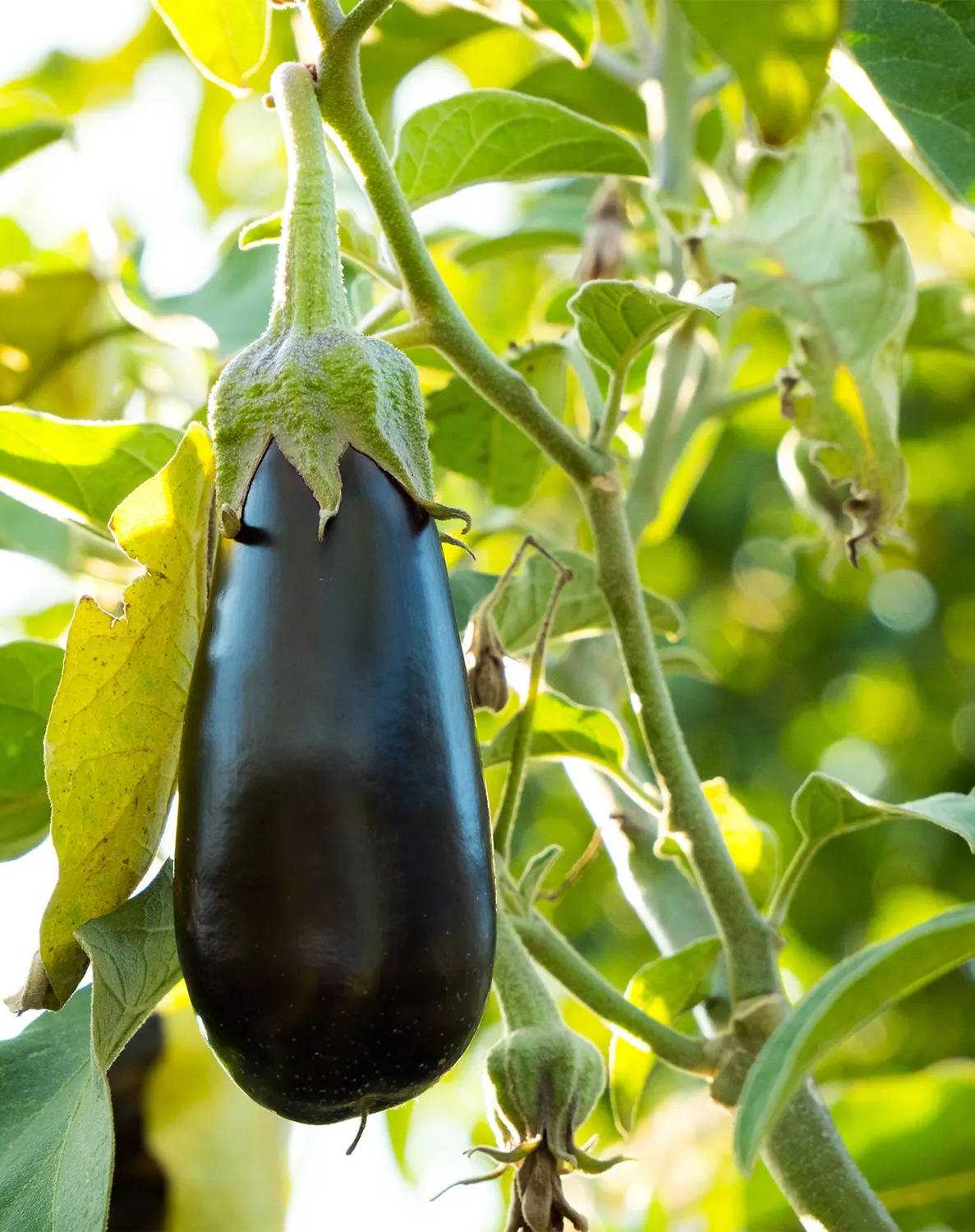
- Extended harvest season: Late sowing allows for a longer period of time to harvest peppers and aubergines, giving you a continuous supply of fresh produce.
- Avoiding extreme heat: By sowing later in the year, you can avoid the intense heat of peak summer, which can be stressful for the plants and may adversely affect their growth.
- Less pest and disease pressure: Late sowing can help you avoid the peak season for pest and disease activity, as some pests and diseases tend to be more active during the earlier part of the growing season.
Factors to Consider
While late sowing in southern regions has its advantages, there are a few factors to consider before deciding to sow your peppers and aubergines later in the year:
- Early frost: In some southern regions, late frosts can still occur in the early part of the growing season. Make sure to check the average frost dates for your specific area and plan your planting accordingly to avoid any potential frost damage.
- Reduced yields: Late-sown peppers and aubergines may produce smaller yields compared to those planted earlier in the year. The shorter growing period and potentially unfavorable weather conditions can affect the overall yield of the plants.
- Availability of seedlings: Late in the season, it may be more difficult to find healthy seedlings at nurseries or garden centers. It is advisable to start your seeds indoors or purchase seedlings early to ensure availability.
Overall, late sowing in southern regions can be a viable option for pepper and aubergine growers. However, it is important to consider the specific conditions of your region and make informed decisions based on your local climate, potential risks, and desired outcomes.
Optimal Sowing Window in Coastal Areas
Coastal areas have unique climate conditions that can greatly affect the optimal sowing window for peppers and aubergines. The proximity to the ocean and the influence of ocean currents can result in milder winters and cooler summers compared to inland areas.
1. Temperature Considerations:
- Coastal areas generally have milder winters, which allows for an extended growing season. This means that peppers and aubergines can be sown earlier in the year compared to inland areas.
- However, coastal areas may also experience cooler summers due to oceanic influences, which can affect the overall growth and ripening of peppers and aubergines.
- It is important to monitor the temperature fluctuations in coastal areas and adjust the sowing date accordingly.
2. Wind and Salt Spray:
- Coastal areas are often windy, which can impact the growth and development of peppers and aubergines. The strong winds can cause physical damage to the plants and hinder their overall growth.
- Moreover, salt spray from the ocean can also affect the health of the plants. It is important to choose suitable varieties that are tolerant to salt spray or take measures to protect the plants from excessive exposure.
3. Soil Conditions:
- Coastal soils are usually sandy or loamy, which can drain water quickly. It is important to ensure proper irrigation and soil moisture levels for the optimal growth of peppers and aubergines.
- Adding organic matter, such as compost, can help improve the water-holding capacity of the soil and provide essential nutrients for the plants.
4. Pest and Disease Control:
- Coastal areas may experience specific pest and disease issues, such as aphids, whiteflies, and fungal diseases due to high humidity levels.
- Implementing preventive measures, such as regular monitoring, spraying organic pesticides, and proper crop rotation, can help minimize these issues in coastal areas.
5. Local Knowledge and Adaptation:
- It is essential to consult local agricultural experts or experienced farmers in coastal areas to gather more information about the specific challenges and best practices for sowing peppers and aubergines.
- They can provide valuable insights into the regional variations and fluctuating dates for sowing, taking into account the unique climate conditions of the coastal area.
Challenges of Sowing in Mountainous Regions
Sowing peppers and aubergines in mountainous regions can present a unique set of challenges compared to other areas. The high altitude and extreme temperatures found in these regions can significantly impact the success of the sowings.
1. Temperature Fluctuations
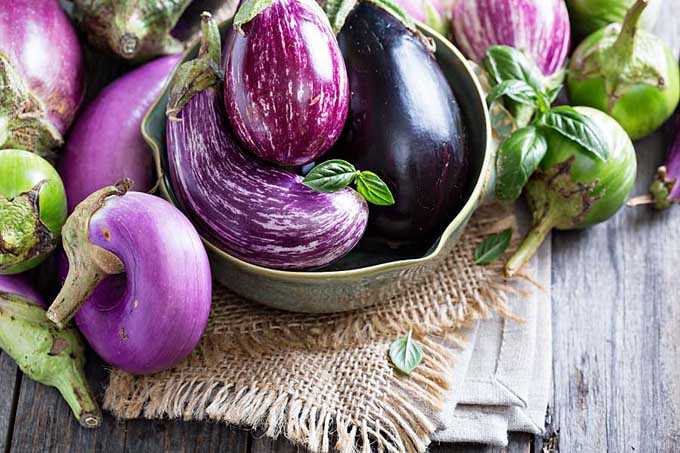
Mountainous regions are known for their wide temperature fluctuations, which can pose difficulties for sowings. Cold nights and hot days can stress the young plants, affecting their growth and development. It is important to choose pepper and aubergine varieties that are well-suited to these conditions and can tolerate temperature fluctuations.
2. Short Growing Season
Mountainous regions often have shorter growing seasons due to cooler temperatures and increased risk of frost. This limited timeframe can make it challenging to sow peppers and aubergines, which require a certain number of warm days to mature. Gardeners in these regions should choose early-maturing varieties and consider utilizing techniques such as starting seedlings indoors to extend the growing season.
3. Soil Conditions
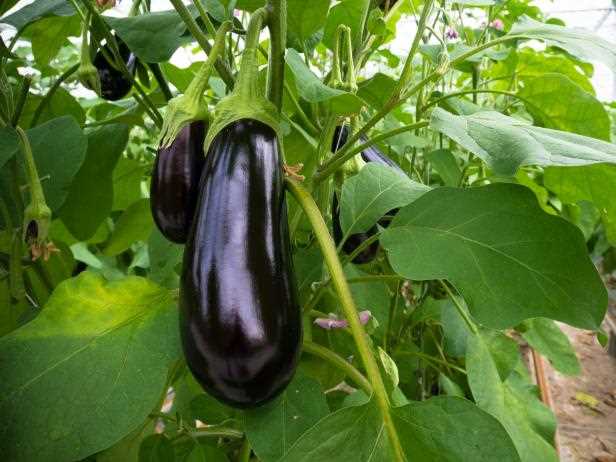
The soil conditions in mountainous regions can vary significantly from one area to another. Some areas may have rocky or shallow soil, while others may have fertile soil with good drainage. It is essential to assess the soil conditions and amend it if necessary to provide the best growing environment for peppers and aubergines.
4. Pest and Disease Pressure
Mountainous regions may experience different pest and disease pressures compared to lowland areas. The cooler temperatures and unique ecosystems found in these regions can attract specific pests and diseases that may pose a threat to peppers and aubergines. It is important to be aware of potential pests in the region and take appropriate measures to protect the plants.
5. Water Availability
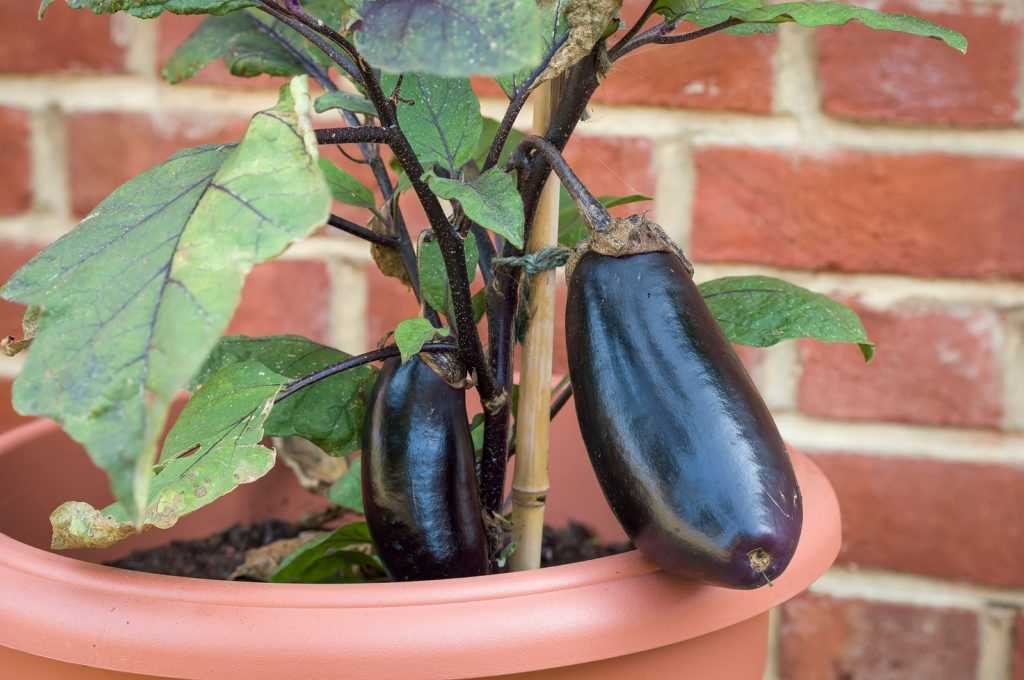
Water availability can also be a challenge in mountainous regions. Depending on the location, access to a reliable water source may be limited, especially during drier seasons. Gardeners should consider implementing water-saving techniques such as mulching, drip irrigation, and rainwater harvesting to ensure the peppers and aubergines receive adequate water.
6. Elevation Impact
Elevation can have a significant impact on seed germination and plant growth in mountainous regions. As elevation increases, the air becomes thinner and cooler, which can affect the plants’ ability to take up nutrients and thrive. It is important to consider the specific elevation of the location and choose varieties that are known to perform well at that altitude.
Overall, sowing peppers and aubergines in mountainous regions requires careful planning and consideration of the unique challenges posed by the environment. By selecting suitable varieties, adjusting planting techniques, and managing potential issues proactively, gardeners can increase their chances of successful sowings in these regions.
Sowing Strategies for Tropical Climates
The tropical climate is characterized by high temperatures and humidity throughout the year. This creates ideal conditions for growing peppers and aubergines, but also presents some unique challenges. Here are some strategies for sowing these crops in tropical climates:
1. Timing
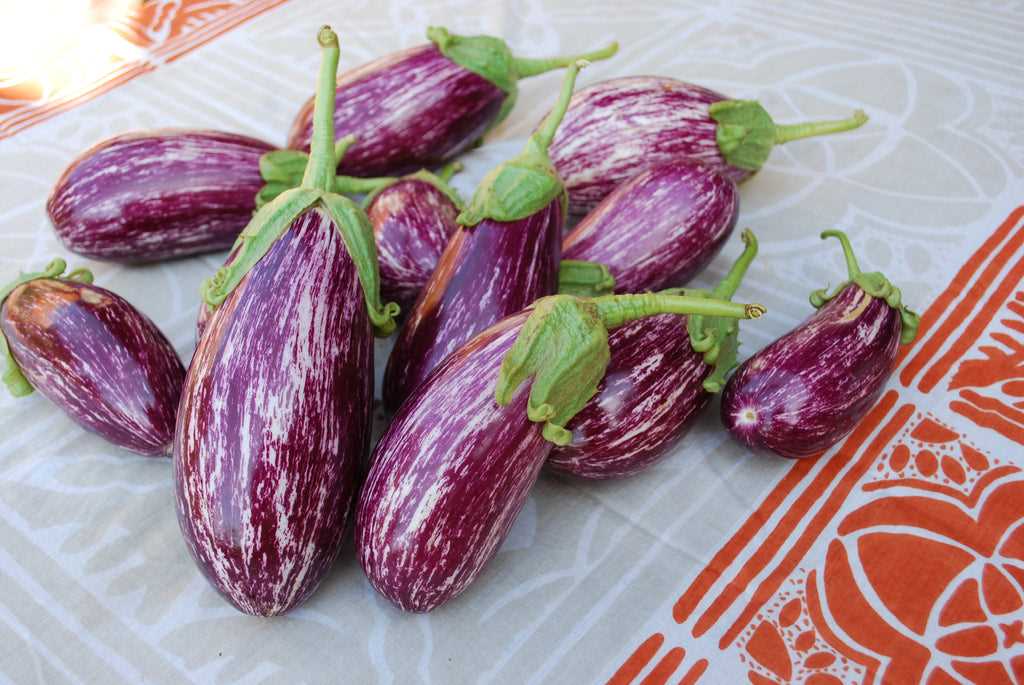
In tropical climates, the growing season is not limited to specific months like in temperate regions. However, it’s still important to consider the best time to sow peppers and aubergines to maximize productivity.
It is generally recommended to sow these crops during the cooler months when temperatures are slightly lower. This can vary depending on the specific location, but typically falls between October and February.
During this time, it’s important to monitor the weather conditions and adjust the sowing schedule accordingly. Heavy rains or extended periods of high humidity can affect the germination and growth of the plants, so it’s important to choose a window of time when the weather is more favorable.
2. Seed Selection
When sowing peppers and aubergines in tropical climates, it’s important to choose varieties that are well-suited to the hot and humid conditions. Look for heat-tolerant and disease-resistant varieties that can thrive in these environments.
Consider purchasing seeds from local suppliers or nurseries that specialize in tropical crops. They will have a better understanding of the specific challenges faced in the region and can provide advice on the most suitable varieties.
3. Soil Preparation
Preparing the soil properly is crucial for the successful growth of peppers and aubergines in tropical climates. The soil should be well-draining to prevent waterlogging, which can lead to root rot and other diseases.
Before sowing, incorporate organic matter such as compost or well-rotted manure to improve the soil structure and fertility. This will help retain moisture and nutrients, which are essential for healthy plant growth.
4. Watering and Fertilizing
In tropical climates, watering and fertilizing practices need to be adjusted to account for the high temperatures and humidity. Peppers and aubergines require regular and consistent watering, especially during the dry periods.
Apply a slow-release fertilizer or organic compost to provide essential nutrients to the plants. Avoid over-fertilization, as this can lead to excessive vegetative growth and reduced fruit production.
5. Pest and Disease Management
Tropical climates are often conducive to the development of pests and diseases. Regular monitoring and early detection are key to preventing and managing pest and disease issues.
Integrate pest control practices such as companion planting, crop rotation, and the use of organic pest repellents. Regularly inspect the plants for any signs of damage or disease, and take immediate action to prevent the spread.
6. Harvesting
In tropical climates, peppers and aubergines can have an extended harvest season due to the favorable conditions. Harvest the fruits when they are fully mature and have reached the desired size and color.
Regularly remove any overripe or damaged fruits to prevent the spread of pests and diseases. Harvesting the fruits promptly will also encourage the continued production of new fruits.
By following these sowing strategies, gardeners in tropical climates can successfully grow peppers and aubergines and enjoy a bountiful harvest.
Adjusting Sowing Dates for Fluctuating Seasons
As the climate continues to change and seasons become more unpredictable, gardeners need to be flexible with their sowing dates for peppers and aubergines. Adjusting the sowing dates based on regional variations and fluctuating seasons is crucial in ensuring a successful harvest.
Understanding Regional Variations
Each region has its own unique climate and growing conditions, which impact the ideal sowing dates for peppers and aubergines. It is essential to understand the specific requirements of your region to determine the appropriate time for sowing these crops.
Factors such as average temperature, frost dates, and daylight hours play a significant role in determining when to sow peppers and aubergines. Researching local weather patterns and consulting with experienced gardeners or agricultural experts can provide valuable insights into the best sowing dates for your region.
Monitoring Fluctuating Seasons
Fluctuating seasons can make it challenging to determine the correct sowing dates. Unpredictable weather patterns, sudden temperature drops or heatwaves, and extended periods of rainfall or drought can all affect the growth and development of peppers and aubergines.
To adjust sowing dates for fluctuating seasons, gardeners should closely monitor weather forecasts and keep track of climate patterns. It is essential to be adaptable and be prepared to delay or advance sowing dates based on the current weather conditions.
Developing a Planting Schedule
Creating a planting schedule can help gardeners adjust sowing dates effectively. By breaking down the sowing and transplanting process into specific timeframes, gardeners can better manage the changing seasons.
When developing a planting schedule, consider factors such as the plants’ germination time, desired harvest time, and local climate conditions. This schedule can serve as a guideline for when to sow seeds, when to transplant seedlings, and when to harvest the crops.
Additionally, gardeners can utilize season extension techniques such as using row covers, greenhouses, or cold frames to protect the plants from extreme weather conditions and extend the growing season.
Conclusion
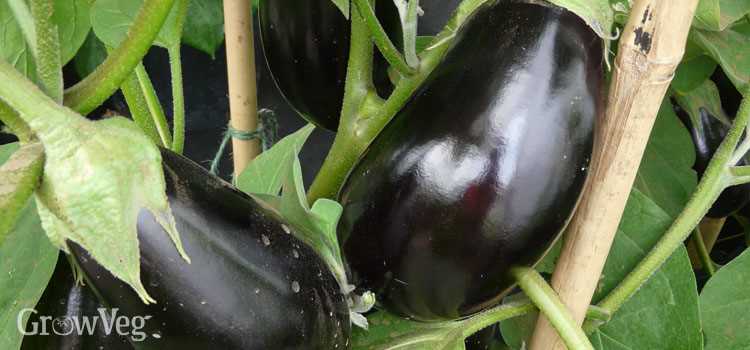
Adapting to fluctuating seasons requires gardeners to be proactive and flexible with their sowing dates. By understanding regional variations, monitoring climate patterns, and developing a planting schedule, gardeners can adjust their sowing dates accordingly and increase their chances of a successful crop of peppers and aubergines.
“Question-Answer”
When is the best time to sow peppers and aubergines in the northeastern United States?
The best time to sow peppers and aubergines in the northeastern United States is usually around mid-April to early May. It is important to wait until the soil has warmed up and there is no danger of frost before sowing these warm-season crops.
Is it possible to sow peppers and aubergines earlier in the southern United States?
Yes, it is possible to sow peppers and aubergines earlier in the southern United States. In regions with a milder climate, such as the southern states, peppers and aubergines can be sown as early as February or March. It is still important to keep an eye on the weather and ensure there is no risk of frost.
What is the best time to sow peppers and aubergines in the United Kingdom?
The best time to sow peppers and aubergines in the United Kingdom is in late February or early March. However, in colder regions, it is advisable to sow them under cover or indoors and then transplant them outside once the risk of frost has passed. This usually occurs around mid-May.
Can peppers and aubergines be sown directly in the garden in the Mediterranean region?
Yes, in the Mediterranean region, peppers and aubergines can be sown directly in the garden. The weather is generally warm enough, and the risk of frost is minimal, so it is safe to sow these crops directly in the soil from late February to early March.
What are the regional variations in the best sowing dates for peppers and aubergines?
The best sowing dates for peppers and aubergines can vary depending on the region. In colder regions, such as the northeastern United States and the United Kingdom, it is advisable to sow them in late winter or early spring, while in warmer regions, such as the southern United States and the Mediterranean, they can be sown earlier, as early as February or March.







